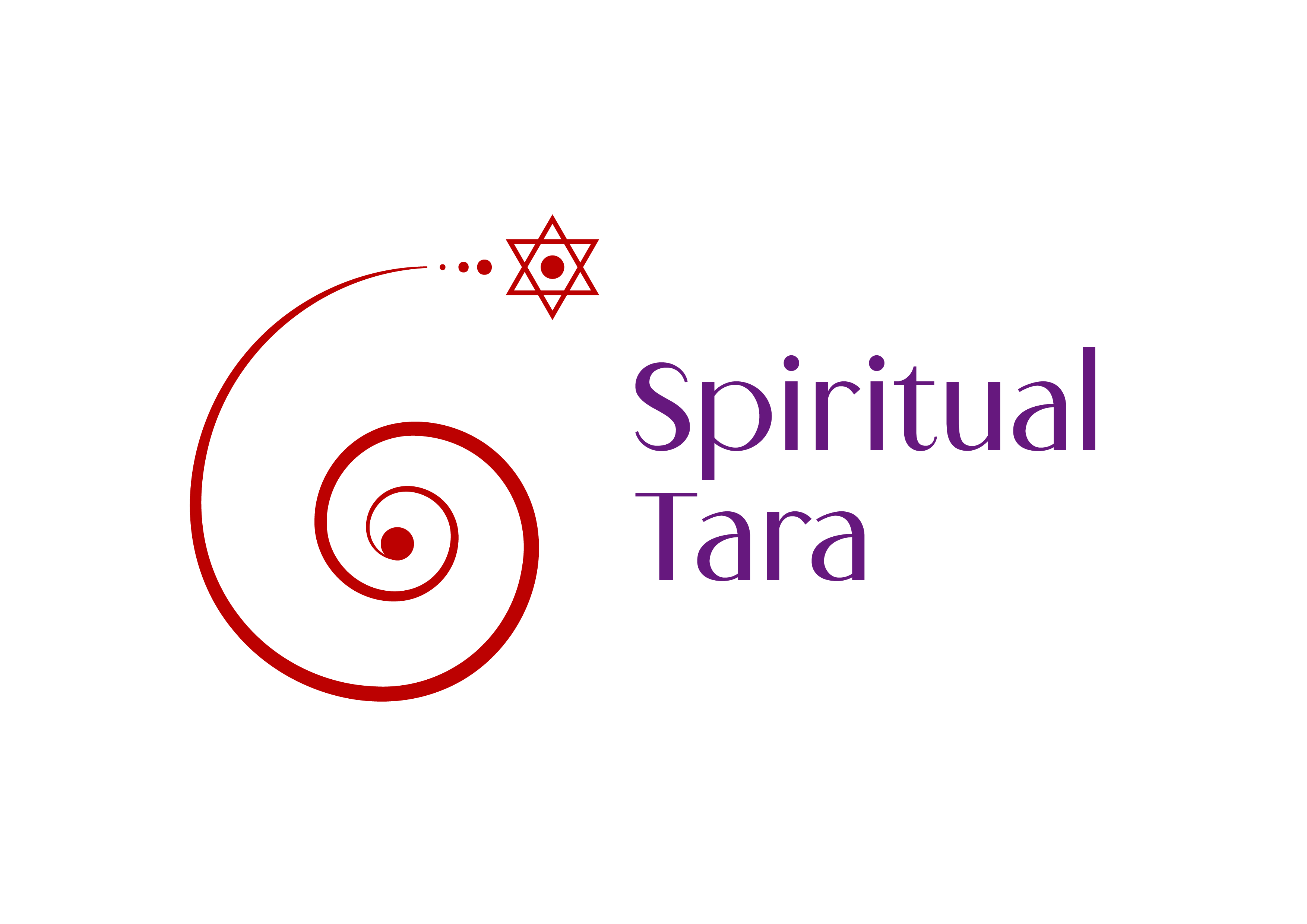Navratri in Hinduism is the celebration of the Divine Feminine power and the eternal triumph of good over evil. ‘Nav’ meaning nine and ‘ratri’ meaning nights forms the word Navratri which celebrates nine avatars of Goddess Durga over a span of nine days.
Each day of the festival honours a distinct aspect of the Goddess, embodying power, wisdom and prosperity. Navratri commemorates the legendary battle between Goddess Durga and the buffalo-headed Asura (demon) Mahishasura.
According to Devipurana, Mahishasura was and invincible and extremely powerful Asura or demon who was blessed by Lord Brahma that he could not be defeated by any man, beast or God. It is believed that he went on to conquer the whole world and spread absolute destruction everywhere, even the Gods lost their heaven to Mahishasura and there was no one who could defeat him.
Therefore, it was then that the triumvirate, according to the Hindu belief, Brahma (the creator), Vishnu (the preserver), Mahesh (the destroyer) came together to create a divine feminine power, who embodied all their energies, to annihilate Mahishasura. She had 3 eyes and 10 arms and was named Goddess Durga or Mahadevi.
The vicious battle between Mahadevi and Mahishasura lasted 9 long days and shook the heaven and earth. At the end of the ninth day Maa Durga/ Mahadevi killed Mahishasura saving the whole world from his tyranny and restore dharma (righteousness), thus also to be known as Mahishasura Mardini (the killer of Mahishasura).
Navratri is a time for spiritual reflection and renewal of one’s energies. The nine days are specifically ordained to pray to the Divine Feminine, the NavDurga. It’s a time to turn inwards, cleanse one’s mind and soul of all negativity and seek blessings of the Divine. These days signify victory over our own minds.
According to the Puranas, Shakti (Divine Feminine) exists in three dimensions which are Mahakali (strength or power), MahaLakshmi (material wealth, passion, prosperity) and MahaSaraswati (knowledge, dissolution, transcendence of the limitations of the mortal body).
The first 3 days of Navratri are dedicated to Durga or Mahakali, the next 3 days to MahaLakshmi and the last three days are dedicated to MahaSaraswati. All of the three forms of Shakti are believed to represent the cosmos as the Earth, the Sun and the Moon.
According to Hindu calendar, Navratri is observed five times a year out of which two are celebrated prominently all over India, Chaitra Navratri (March/April) and Sharada Navratri (September/October). Chaitra Navratri also coincides with the crop harvest season of India.
For many it is a time to pray and worship the Divine Feminine by practising fasting, sticking to a vegetarian diet throughout the 9 days, avoiding alcohol and other intoxicants. On the 8th or 9th day many people perform Kanya Pooja (worshipping little girls) of 9 girls who are believed to symbolise the nine avatars of Maa Durga. The little girls are worshipped with the ritual of foot washing to seek their blessings and are bestowed with gifts, food and clothing.

